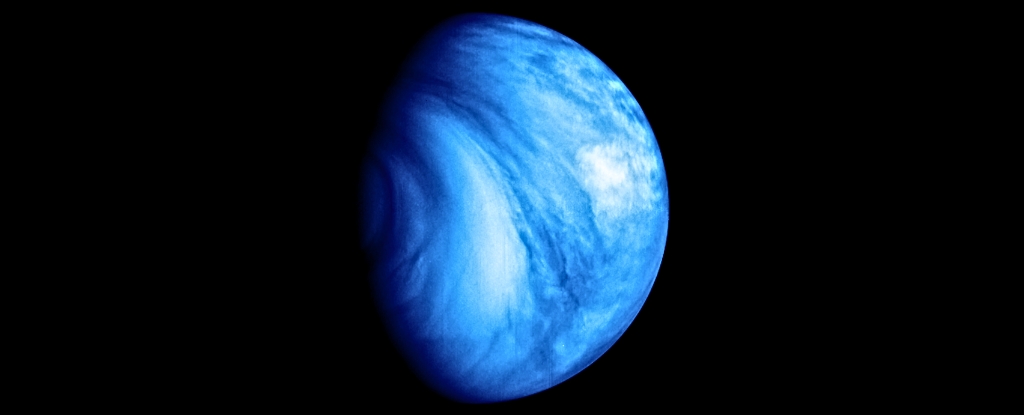
A recent analysis of data collected over **50 years ago** has confirmed that the clouds of **Venus** are primarily composed of water. This revelation, stemming from research conducted on data from the **1970s** missions, challenges previous assumptions that the planet’s atmosphere was dominated by sulfuric acid. The findings were published in early **2023** and represent a significant advancement in our understanding of Venus’s atmospheric composition.
The research was spearheaded by scientists from the **European Space Agency (ESA)** and involved a thorough review of information gathered by the **Venera 7** and **Venera 9** spacecraft, which were the first to successfully transmit data from the planet’s surface. This newly interpreted data indicates that while Venus’s atmosphere is indeed hostile, it contains a higher concentration of water vapor than previously thought.
Revisiting Historical Data
One might wonder how such crucial information remained overlooked for decades. The original missions faced significant challenges, including limited technology and the extreme conditions on Venus. The analysis utilized advanced techniques and modern computational methods to reassess the older data, emphasizing the importance of re-evaluating historical scientific findings with current technology.
According to Dr. **Jürgen W. Schmidt**, a leading researcher on the project, “The cloud structure of Venus has long been mischaracterized. Our re-analysis shows that understanding the water content in Venus’s clouds can help us draw parallels with Earth’s atmospheric processes.” These findings could have implications for future explorations and studies concerning planetary atmospheres.
Implications for Future Research
The confirmation of water-rich clouds on Venus raises intriguing questions about the planet’s potential to support microbial life. While the surface conditions on Venus are extremely harsh, the presence of water vapor in the atmosphere suggests that there may be regions in the clouds where life could theoretically exist.
NASA’s upcoming missions, including the **DAVINCI+** and **VERITAS**, aim to further investigate the atmospheric and geological characteristics of Venus. The new insights from this study will provide a valuable foundation for these future explorations.
In conclusion, the recent findings about Venus’s clouds underscore the importance of historical data in scientific discovery. As researchers continue to uncover the secrets of our neighboring planets, the understanding of atmospheric compositions will play a crucial role in the ongoing search for life beyond Earth. The revelations about Venus not only expand our knowledge of the planet but also inspire a renewed interest in planetary science.







